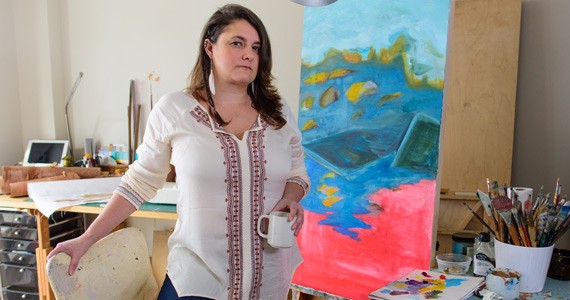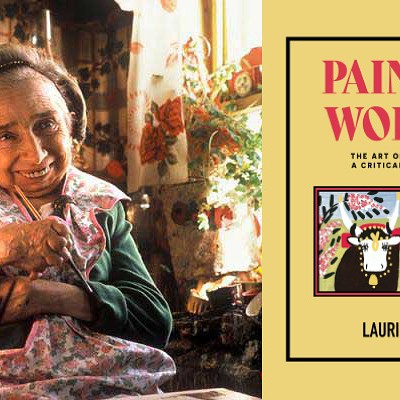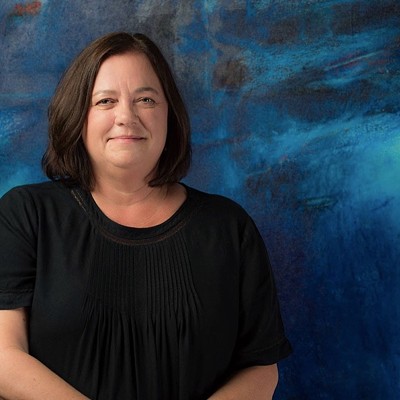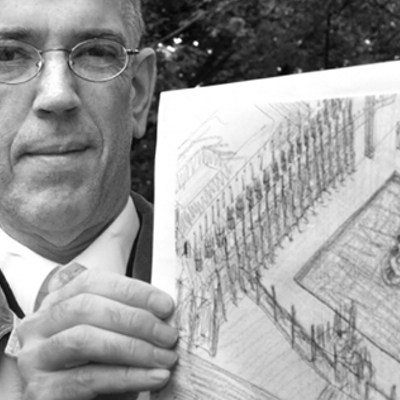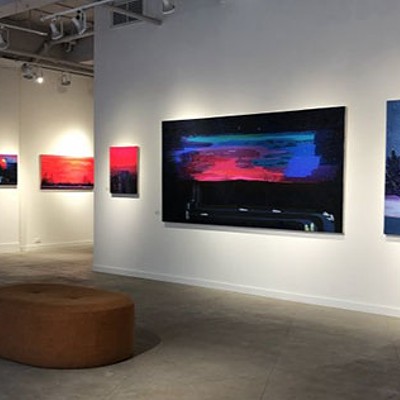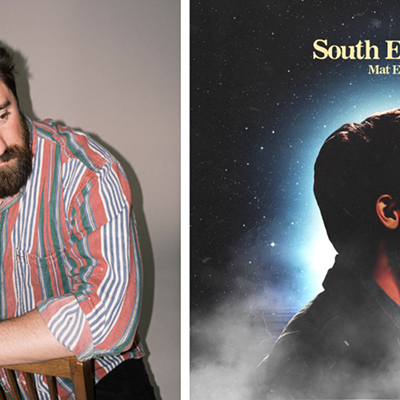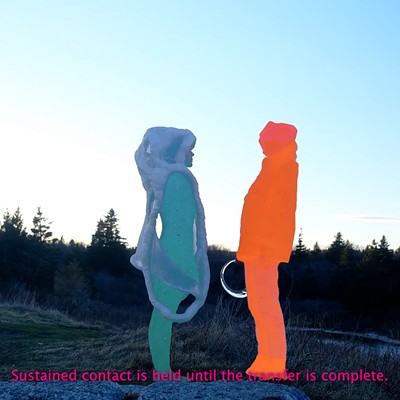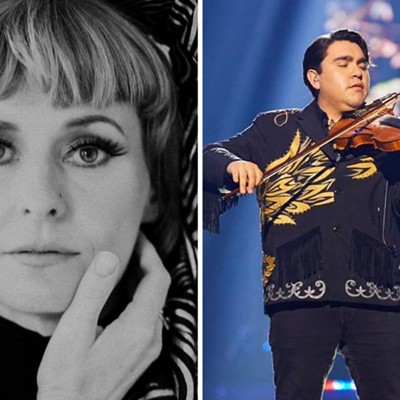"In 2013, I realized that I loved sculpture and I started looking at my close relationship with my grandfather, who was a woodworker and welder. He was also a residential school survivor, and I started developing a narrative around that," says Anishnaabe artist Aylan Couchie, from Nipissing First Nation in Northern Ontario. "Around then, the Truth and Reconciliation Committee on residential schools was becoming very public, talking about residential schools as they actually were, which were basically jails. And it was like I found my voice. I felt connected to it and since then, my work has been based in history, and tied to an event and a place. I think I try to give all the sculptures their own voice."
This summer, Couchie will graduate from NSCAD with a BFA (combined with credits from earlier art and design certifications at Georgian College). After living for 13 years in California, Couchie went back to school with an interest in interior design, but was encouraged to pursue fine arts instead. "Professors were telling me I had what it takes," she says. "I have no regrets at all, because there are times when I finish a sculpture and I step back and just stand there and the world completes itself."
Since moving to Halifax last September, Couchie was the winner of a Pratt Homes sculpture design bid in Barrie, Ontario. Her 33-foot carbon-steel sculpture of canoe-shaped feathers will be installed atop a new development. This past December, her birch bark sculpture of an airplane, titled "The Current Current," was installed at Halifax's Stanfield International Airport, to be displayed all year as part of the Art at the Airport program. Couchie made the piece with her grandfather's woodworking tools, which she inherited.
"I like the wood component because it's very special to me," she says. "And I like to hybridize materials, like wood and fabric. The 'masculine' aspect of woodworking with this 'feminine' symbol of domesticity in fabric and embroidery, there's something I like about that dichotomy and bringing them together."
In 2014, Couchie built a drum more than six feet tall called "it beats inside all who speak for those who can't." Made from wood, fabric, sinew and embroidery floss, it was created for a march for missing and murdered indigenous women in Canada. "The hand-drum is central to the march for MMIW," she says. "The size of the drum spoke to the idea of power and the voice of all these women, coming together to bring attention to this issue, which has made great strides in the last two years. It was an important piece for that."
Couchie is currently working on her graduating project, which will centre around First Nations issues both on and off reserves. She has applied for an MFA at the Ontario College of Art and Design and hopes she'll be able to continue her work there.
"It's become important for me to have a story behind my pieces," she says. "I've been able to go back to residential themes and engage with what's been important to me. I feel excited about what I'll do this year."

